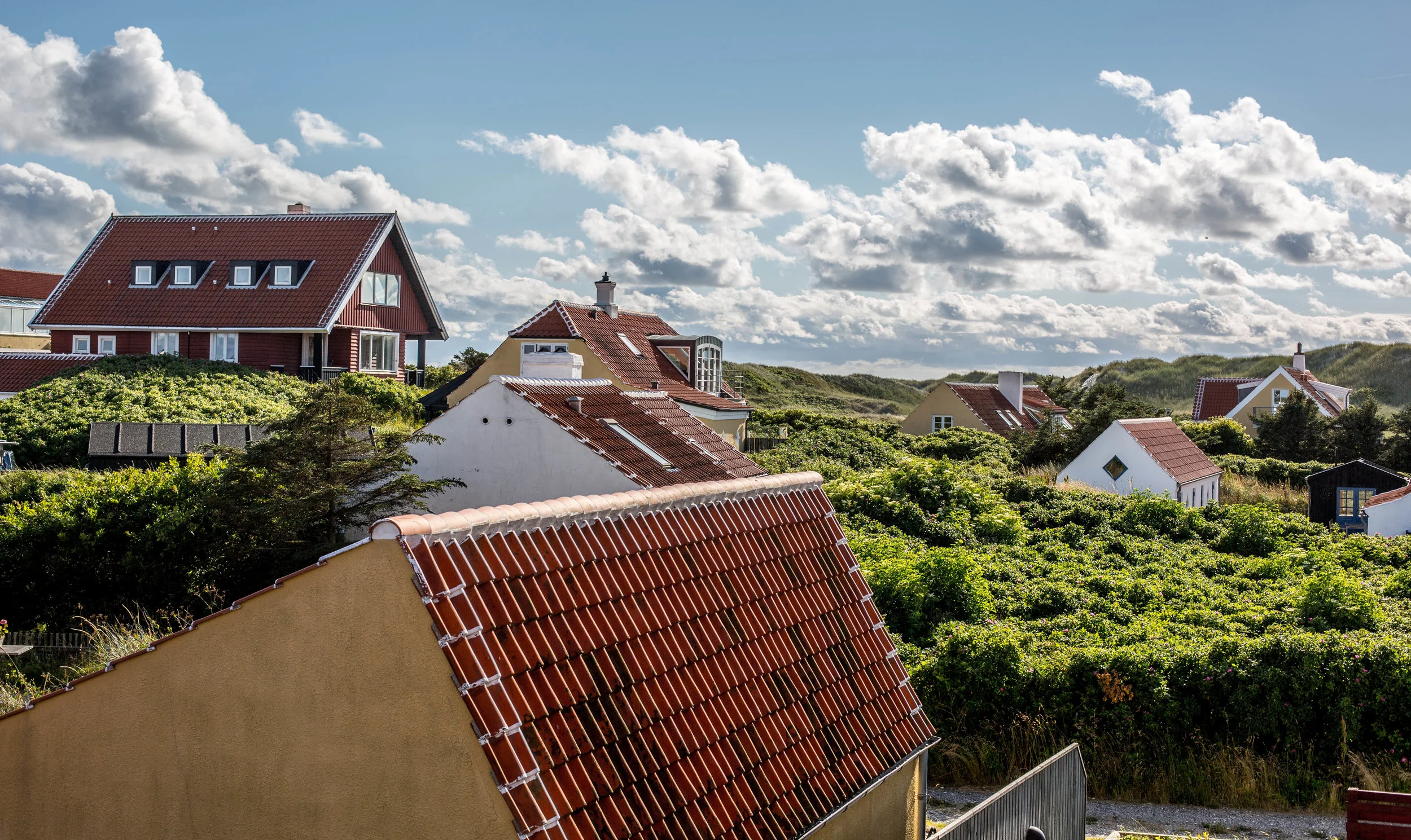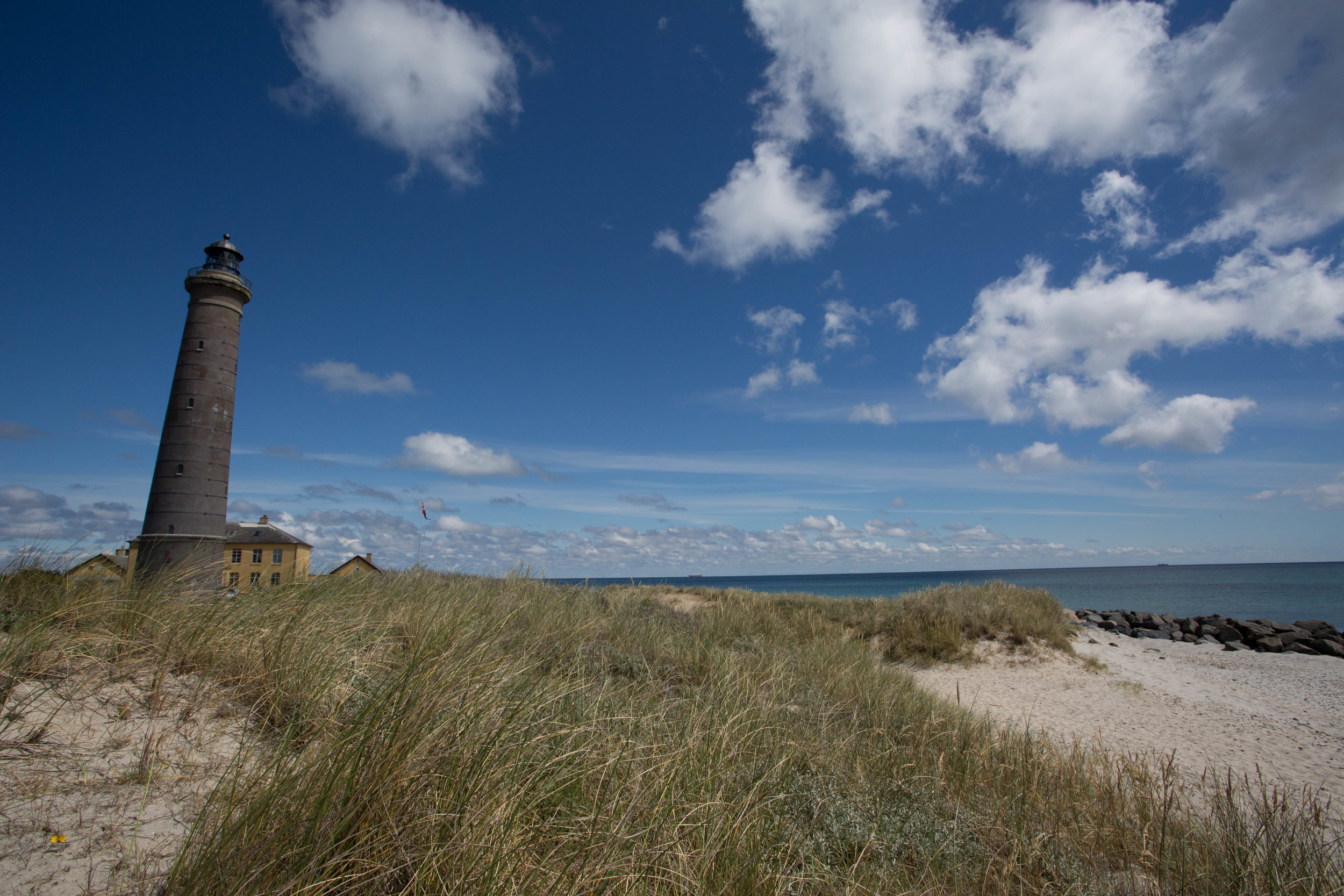Skagen
Denmark is not known for it’s warm weather. So when a beach holiday to the most northern tip of Denmark was suggested, the tip where the Baltic meets the North Sea, I immediately thought those Vikings must be up to their old tricks again.
Surprisingly, what I was met with was Denmark at it’s finest. Skagen has a rich artistic history and it’s not hard to see why. A small peninsular extending out into the sea with long sandy beaches, a busy harbour, and the distinctive yellow houses framed by white-picket fences and red-tiled roofs.
It was the light of Skagen that drew artists, writers and their friends here in the late 19th century. The unique light is produced by Skagen’s position on a narrow spit of land that juts out of northern Denmark like a finger pointing to Sweden, with the waters battering the white-sand beaches that run in an almost continual 65km curve around the east and west coasts before meeting at Grenen, an ever-shifting bar of sand that is Denmark’s most northerly point. It is here at Grenen that you can put a foot in each sea as the Baltic Sea and North Sea meet, a point which I had heard many times creates a unique clashing of the waves, but what turned out to be as flat and peaceful as the rest of Skagen on my visit. But the Sandormen, the tractor pulled train to get there more than made up for it.
In between the coastline lies a wild heathland of spike marsh grasses with land so flat that it is a far cry from the dreamlike images of the bygone Viking days. Here the Hvide Fyr, the white 18th-century lighthouse that stands no higher than 15 metres, stands out as a landmark relatively comparable to the Burj Khalifa due to the lack of anything else.
The paintings and poetry that were created during the 19th Century turned what had been a backwoods farming and fishing community into a fashionable holiday destination for wealthy Danes. Skagens Museum is devoted to the work of the Skagen Painters, who specialised in scenes of local folk and landscapes.
Beauty here also comes from more accidental history. This area was occupied territory during the Second World War and dotted along the beach you can still find the many German pillboxes that once professed to protect this coastline, which are now lapped by waves and seem nothing more than magnificent brutal sculptures.
Den Tilsandede Kirke or the sand-covered church, built during the 14th century was once the regions biggest church. It fell victim to a sand-drift that began in the 17th century but became progressively worse until church goers would have to dig their way in. After battling for years to rescue it, it was finally abandoned, leaving only it’s tower visible.
Just steps from the beach in Gl Skagen, Ruths Hotel is set in a traditional Skagen-style building. The charming family run hotel has grown from guest house days to being a luxurious hotel and spa with an enviable coastal setting.
The dunes on this part of the coast are high enough that you can’t easily look at the sea, but you can definitely hear it crashing away. A welcome oasis of calm in the summer, turning gloriously golden under Skagen’s warm blue sky.










